Choccolocco Valley, Alabama, settled over 2500 years ago by Native Americans, has lost many historic sites including the covered bridge and Native American mound shown below.
W. N. Manning, Photographer, January 5, 1935 VIEW SHOWING APPROACH TO BRIDGE – Covered Bridge, Spanning Choccolocco Creek , Old Eastaboga, Talladega County, AL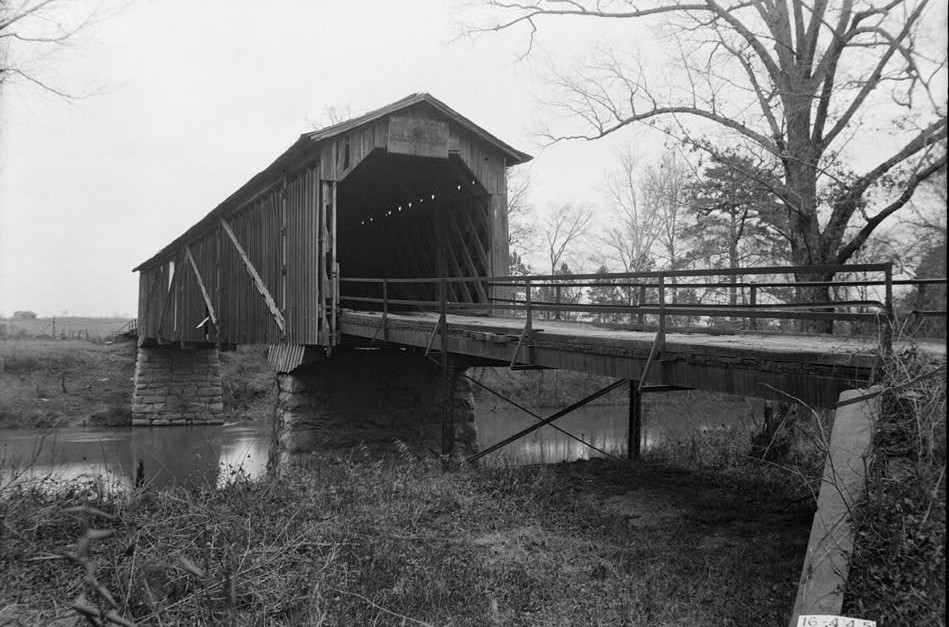
CLICK TO See All Books By Donna R Causey
Choccolocco Valley is a valley of small area lying between the Jacksonville or Choccolocco Mountains on the northwest and the hilly country of the Talladega slates on the southeast, in Talladega County.
Choccolocco Valley is bounded on the northwest by the Terrapin or Ladiga Mountains, and is nearly 30 miles long and about 5 miles wide at its broadest part, making its area approximately 75 square miles.
“The Indians named the creek “Choccolocco”, the valley was named for the creek, and the mountains were named for the valley. In the Creek Indian language “chahko” means “shoals” and “Iago” means “big”, and the Choccolocco Creek is a wide shallow stream with big shoals.
The Choccolocco Valley is in the large area extending from the Coosa River to the Georgia boundry. that was designated as Benton County in 1830 In 1858 the name of the county was changed from Benton to Calhoun.
“When Alabama became a state in 1819 the north, eastern, and central territory belonged to the Creek Nation and was not open to Settlers. The William Mallory family was one of the first to come to this valley. The land was still Indian Territory. Mallory first set up a trading post near White Plains. Mallory acquired several hundred acres land on the creek directly from the Indians, according to folklore.
After the Federal Survey of Indian Lands was completed, Choccolocco Valley was opened in 1834. By the terms of the 1832 Cusseta Treaty, the Creeks were escorted out of Alabama to Arkansas in 1836.”
The site is also significant to Native Americans. The Woodland and Mississippian cultures that inhabited the Southeast and Midwest before Europeans arrived constructed and used these mounds for various rituals.
The largest stone Native American mound in the Choccolocco Valley was constructed on the top of a steep 200 foot hill in Oxford Alabama and measured 96 feet long by 48 feet wide with the stones stacked almost 6 feet high. It has since been destroyed and the dirt is being used for fill projects.
After the Indian land cessions, the Valley was rapidly settled by a fine body of immigrants. They were largely from North Carolina and South Carolina.
“In the late 1830’s William Johnston came from South Carolina with his family and slaves. With the Johnstons were their cousins, the Williams, and friends, the John Borders.
In 1840 Peter Heifner bought a thousand acres of land extending from Choccolocco Creek on Highway 78 back to the mountains. His descendants, the Rhodes, Heifners, and Riddles still occupy some of this land.
Families who operated plantations on a large scale included Wright, Teague, Davis, Bowlings, and Elston.”
Interesting side note: How JamBack Road Got it’s name: The road is named for a long-ago plantation in Choccolocco Valley owned by a Peter Heifner.
Billy Heifner, a great-great-grandson, lives on part of the original plantation and, according to Billy, it was known as Jamback “because it was jammed back against the mountains.”
But before Jamback, the Heifners were living in the Jacksonville area.
In a dispute over land with the Creek Indians, the mother of Creek Chief Ladiga kidnapped Heifner’s daughter, Elizabeth. Part of getting his daughter back was a ransom of “a peck of onions and some whiskey,”
The onions are part of a story found in a Calhoun County history book.
Marilyn Lipscomb Clark e-mailed me a copy of the story which said that the chief’s daughter “pleaded with Lizzie’s mom to let her keep the baby. She promised to always dress the little girl in white and give her plenty of coffee if they would let her keep the baby.”
Instead, onions and whiskey brought Elizabeth back to the bosom of her family. Not long after that, the Heifners moved to Choccolocco Valley and settled on 1,000 or so acres.
Thus it was that Jamback Plantation came to be … and eventually, so did Jamback Road.
There was, at one time, a “Jamback School”.
SOURCES
- McCalley, Valley regions of Alabama, Pt. 2, Coosa Valley (Geol. Survey of Ala., Special report 9, 1897), p. 21.
- Anniston Star, George Smith, In the valley, a story of Jamback Road
- History of Choccolocco Valley
- Alabama Archaeological Society
Note from reader: The Anniston Library has a wonderful collection about the area in their Alabama room.
CLICK TO See All Books By Donna R Causey
Shelby County Alabama Pioneers Volume I – reveals the relationships between the ACTONS, BAILEYS, CLOWER, CROWSON, LEES, NABORS, NELSON, ROBERTSON, and WILSON families of early Shelby County, AL. Notes, and sources are included.
Get the Daily Update from Alabama Pioneers
Don’t miss out on Alabama history, get our daily updates in your email.


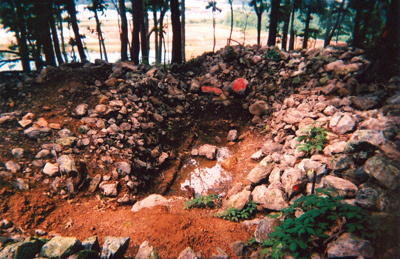
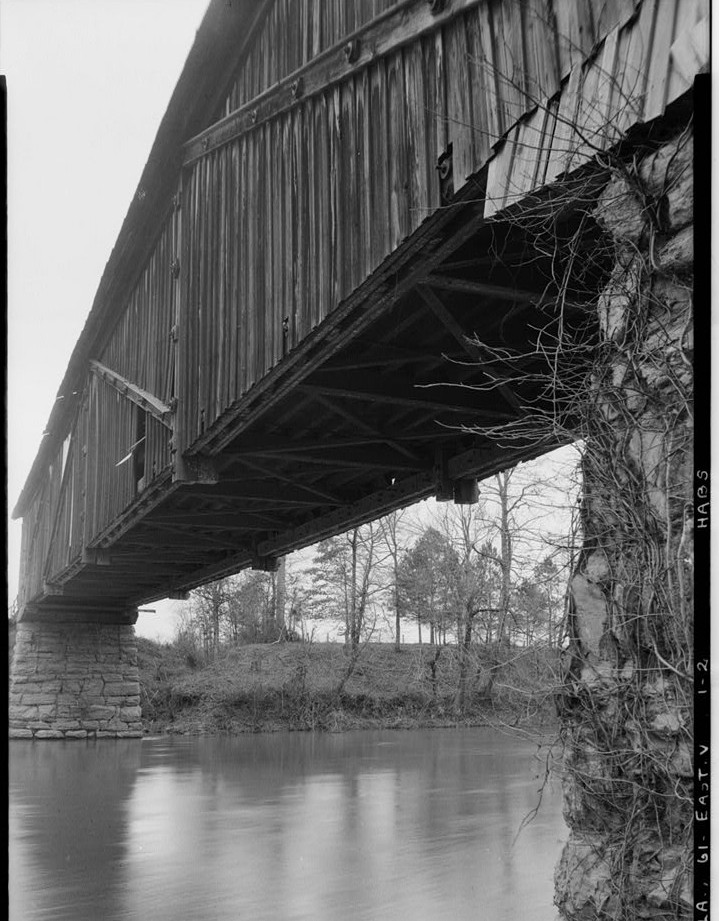
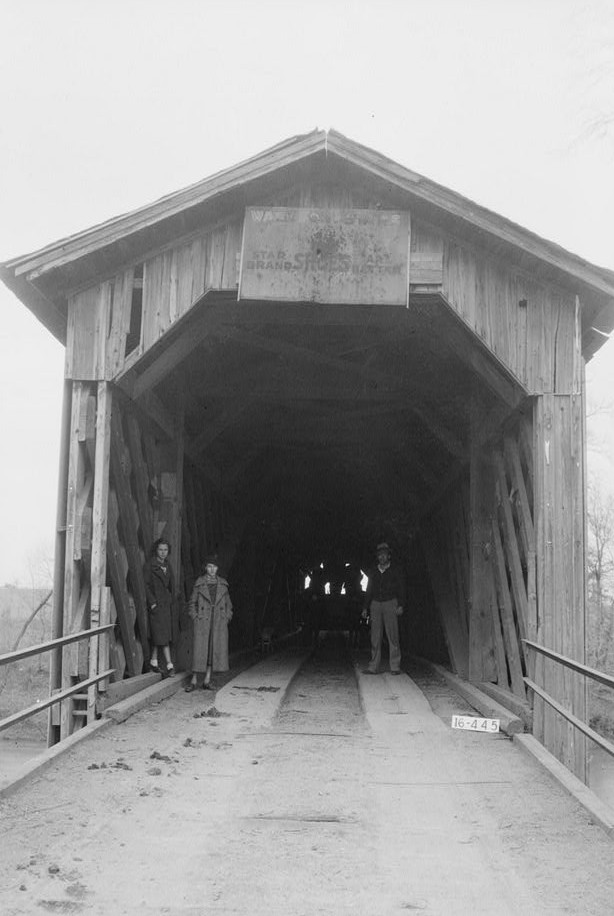
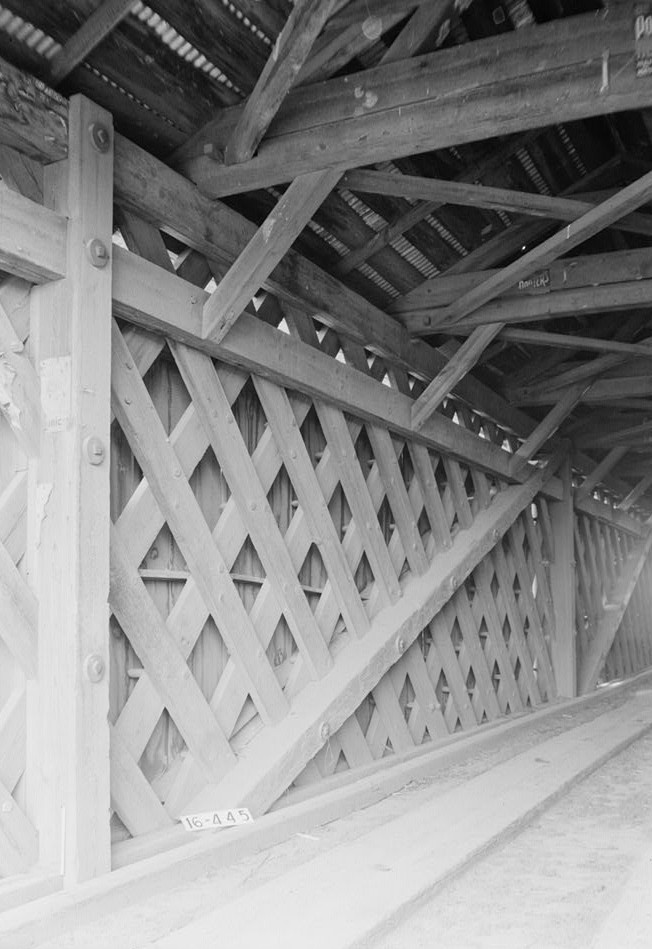
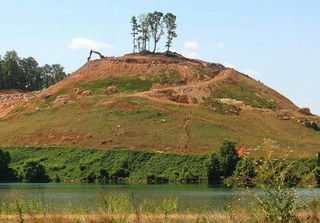
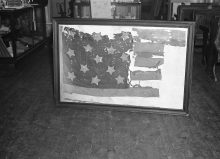


Shirley Cole Ward
How sad.
breaks my heart
Stan AndStacey Clopton
[…] along the Coosa River are many evidences of very Indian occupancy. Near Choccolocco Creek, three miles southwest of Oxford on the Carver place is a large isolated mound. The site has not […]
why does alabama have the right to continue to force all of its citizens to live in a state of utter despair? Locations like the historically significant native american mounds in Oxford are destroyed??!! How much is TOO much? How on earth can the government of this state continue to operate like criminals?
Hello Mr Tom Kennedy
I was reading this artice my grand father was born here and last name was Kennedy I always wanted to come here why are they doing this After this cold winter in Michigan I would like to visit my grand father home town
Where is the historical society and what aren’t they doing their job to protect our heritage.?
Good question. The paragraph about the destruction of the Native American mound seemed almost a after-thought instead of part of the main story.
Debi Benson Bradford very true
I could see a Choccolocco covered bridge from my front porch when I lived in a community now called , Emery Cross Roads….I wonder if this is the same bridge? The one I speak of was a couple miles outside Lincoln, Alabama. The dirt-road is paved and a long expanse sturdy uncovered bridge is there now. I was young (7 or 8 years old) and I remember the bridge as a beautiful thing. We fished at the rock pillars and played games inside the covered area, like climbing the walls, so forth. As a one way bridge, we often tried to determine in which direction a vehicle, buggy, wagon, etc. was going when there were two distinct sounds. One had to stop and/or back up to allow the other to go thru the bridge. Memories are wonderful and this piece brought back lots of good memories for me.
Dear Ms. Adams, I am 94 years old. My dad drove a launch on the Choccolocco Creek .I have many questions to ask you. Please phone me at (254) 235-5575. Thanks George Giddens
[…] Source: Choccolocco Valley, Alabama – some historic sites destroyed | Alabama Pioneers […]
[…] Source: Choccolocco Valley, Alabama – some historic sites destroyed | Alabama Pioneers […]
[…] Source: Choccolocco Valley, Alabama – some historic sites destroyed | Alabama Pioneers […]
This area has so many fond memories for me. It is a shame to have this happen. We visited my grandmother at Oxford every summer. We passed through the bridge every trip. One summer my uncle Lavelle Lovelady took us to swim in the Choccolocco Creek—coldest water in the world! Let’s do something to protect these areas.
[…] Source: Choccolocco Valley, Alabama – some historic sites destroyed | Alabama Pioneers […]
Hutton Pulitzer
Maybe Dakota Pipeline needed some rocks and dirt.
What If Theres A Curse On The Mound Where The Cematery Was Destoried What Will Happen
[…] interesting local history can be found at the Alabama Pioneers website. You can’t make this stuff […]